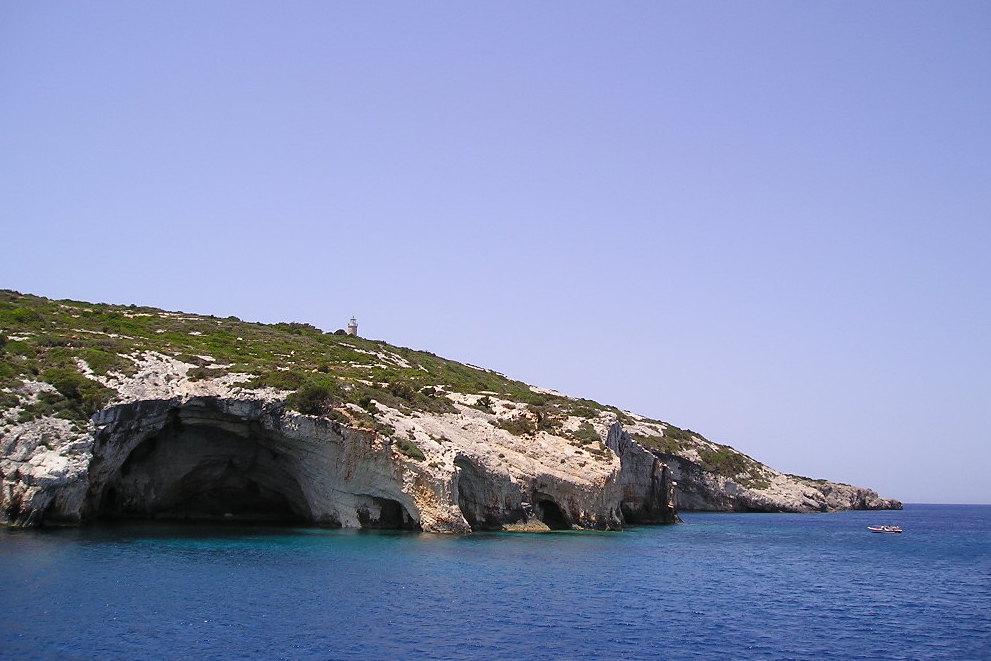Y: Okay, Don. I want you to look at these pictures and tell me what you see.
D: Well Yaël, it looks like a stone walkway, maybe a courtyard, and the bottoms of round pillars. It's obviously under water. It looks like it could be the ruins of an old Greek or Roman city.
Y: The area is located in shallow water off the Greek Island Zakynthos. When it was discovered, people thought it was a forgotten city that had been destroyed by tidal waves that hit the island long ago. But that's not what it is.
D: What else could it be?
Y: Believe it or not, nothing you see was man‑made.
D: You're kidding me.
Y: No, I'm serious. Greek Archeologists wondered why there weren't artifacts like pottery found along with the supposed city ruins. It wasn't until they investigated the mineral content and texture of the formations that they discovered the truth. This is no city. It was made by microorganisms about five million years ago.
D: How can microscopic organisms build stone structures?
Y: The donut‑shaped stones, which look like circular column bases, are like structures typically found in ocean water thousands of feet deep. Scientists usually find them above areas where there is a rupture in the sea floor which allows gas, especially methane, to escape. The methane molecule is used by the organisms for energy. When they oxidize the methane, changes in the chemistry create a natural cement. The process is known as concretion. In this case, the cement created was a mineral called dolomite.
D: Interesting. Who would have thought microorganisms could build stone out of methane gas.










